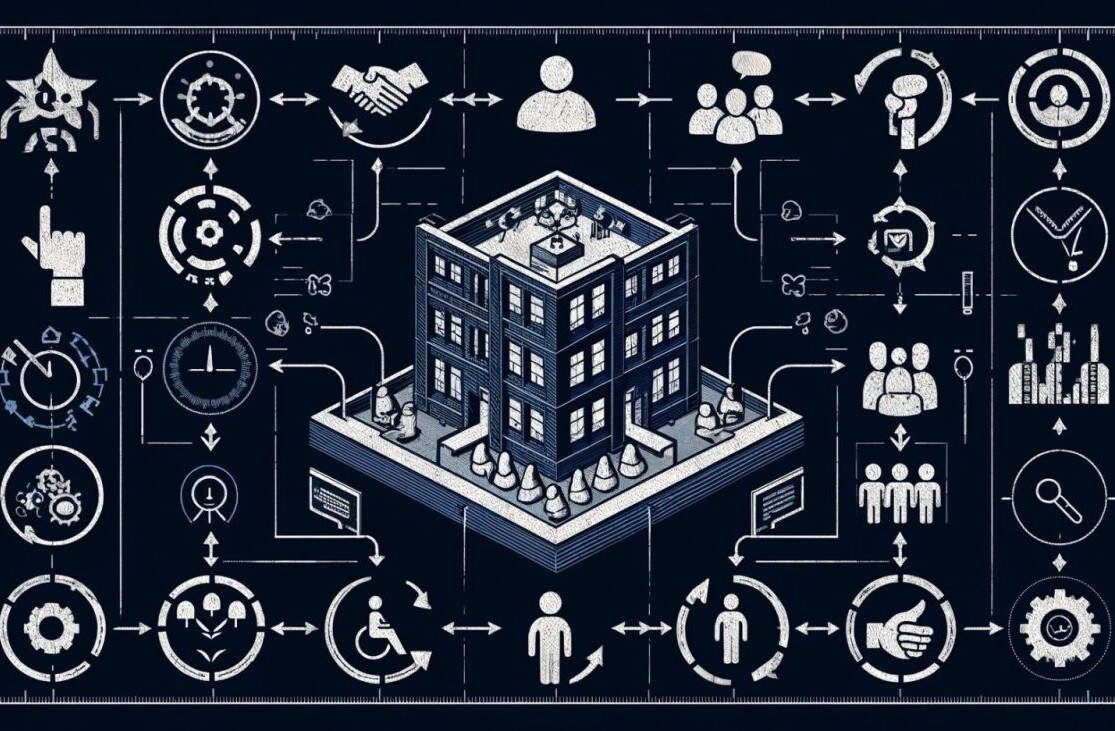
The low and variable quality of meetings is a consistent pain point for organizations large and small. While ‘Zoom fatigue’ is certainly a recent driver of meeting dissatisfaction, for years, general meeting culture has discouraged diverse participation and quality engagement.
A study published in the American Political Science Review in 2012 found that women speak 25% less than men in meetings in which they are both present. Perhaps even more alarming, research published in HBR in 2014 showed that women are twice as likely to be interrupted in group dialogue — particularly in industries and organizations that are male-dominated. But with decades of research highlighting the benefits of diverse and inclusive organizations, it’s time that we do something to bring that diversity and inclusivity to meetings.
Organizations that try to combat this consistently run into the same problem: they don’t have tools to measure meeting engagement. Surveys can provide snapshots, but not ongoing, detailed transparency.
[Read: Are EVs too expensive? Here are 5 common myths, debunked]
Luckily, with the rise of video conferences, better tools are starting to emerge, and they can start to give us an understanding of not just how diverse and inclusive our meetings are, but how productive and efficient they are as well.
How meeting analytics can measure and boost meeting engagement
Data has become the key to benchmarking success in just about every business facet, with some notable exceptions. Deloitte’s 2018 Global Human Capital Trends report, says that “84% of respondents viewed people analytics as important or very important,” but only “8% of organizations report that they have usable data,” and this is especially true for meetings.
However, with the boom in video conferencing during COVID-19, organizations do have the technology at their fingertips to explore real meeting insights for the first time ever.
For instance, Microsoft recently used workplace analytics to see how their work patterns were changing during COVID-19. Though Microsoft focused on meeting time, meeting analytics have the potential to go much further and can give organizations usable data on just about every aspect of meeting culture.
Here are three metrics that your organization could benefit from tracking to make your meetings more efficient, inclusive and enjoyable for all participants:
1. Know whether your meetings are starting and ending on time
One meeting expert estimates that businesses spend a combined $1.4 trillion on meetings every year, but they are almost always an invisible line item that nobody accounts for. ROI is important in every other business setting except meetings.
Microsoft’s data has shown the power of tracking meeting length, but knowing whether your meetings are starting and ending on time is another key metric for evaluating overall meeting health.
The power of meeting analytics would be the granularity of insights. You could not only track meeting start and end time from an organizational standpoint, but on an individual level as well. Is a particular manager consistently facilitating meetings that start late or run over? Is a disengaged employee chronically late to meetings?
Chances are they aren’t even fully aware of this, but with meeting analytics teams could quickly identify these as problems and then begin to find solutions.
2. Track overall and individual meeting engagement
Employee engagement is vitally important to the health of an organization. In Gallup’s most recent Q12 Meta-Analysis of employee engagement, they found that organizations that had the most highly engaged employees outperformed the lowest engaged organizations by 10% in customer loyalty, 21% in profitability, and 20% in productivity.
So, how can a meeting manager use meeting analytics with the tools they already have at their disposal? Many platforms detect who is speaking, but by thinking of this as a data resource, we have the opportunity to show meeting facilitators which attendees have been talking too much or haven’t been talking enough.
Speaking metrics are just the tip of the iceberg, however, as true meeting engagement can be measured in a variety of ways. Is an employee consistently taking notes? Has someone developed or updated an agenda to keep the meeting on topic? What about screenshare time or non-verbal feedback?
Organizations should explore how digital platforms could record this type of data so critical engagement, which is often felt but not measured, isn’t ignored when evaluating meeting health.
3. Capture demographic data to explore meeting diversity and inclusive engagement
Once you have engagement statistics, your organization can consider breaking this data down by gender, race, age, role, or salary, to get a macro-level understanding of its overall meeting culture.
When a meeting begins, employees would voluntarily self identify in the meeting platform. You could begin by tracking the overall diversity of meeting participants, but this could be taken even further into engagement statistics such as speaking time and the use of collaborative features to clearly see how inclusive your meeting engagement is.
Are women constantly being interrupted? Is engagement weighted equally among participants? These are critical questions that most organizations can merely guess about right now.
How to get started tracking meeting metrics
Getting started with meeting analytics might be easier than you think. You might be surprised at what analytics your organization already has access to in-house.
The first step is to do a review. Take note of what meeting metrics would be useful but are missing from your current capabilities. As Microsoft has demonstrated, it’s fairly easy to begin tracking meeting length. From there, look for video conferencing platforms that are beginning to embrace more in depth meeting analytics.
Of course, the antidote to toxic meeting culture isn’t just having meeting analytics, but using them in a transformational way.
Every team has different needs and every meeting looks different, but defining and calibrating unique meeting engagement targets and KPIs is a good place to start. Then include these KPIs in regular employees reviews.
Over time, this will create a positive feedback loop where employees learn to prioritize fast and efficient meetings with equitable participation, building good meeting culture into your organization’s DNA.
Get the TNW newsletter
Get the most important tech news in your inbox each week.





